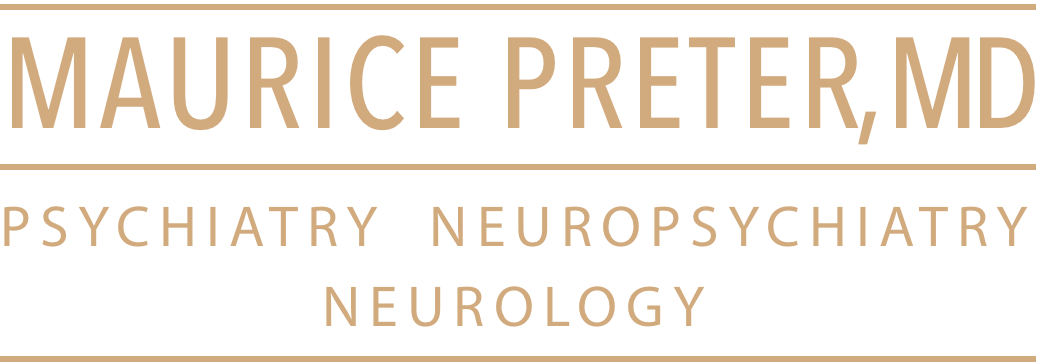YouTube and Mental Health: How Video Content Shapes Emotional Well-Being
In the digital age, YouTube has become a cornerstone of entertainment, education, and social interaction. With over 2.5 billion monthly active users, it is one of the most influential platforms globally. However, its impact on mental health is a double-edged sword, offering both opportunities for growth and risks of harm. This article explores how YouTube shapes emotional well-being, its benefits, potential pitfalls, and strategies for healthier engagement.
The Positive Side of YouTube
YouTube offers an unparalleled repository of content that can serve as a resource for mental health education and emotional support. Many creators specialize in topics like mindfulness, stress management, and self-improvement, providing accessible tools for personal growth. For instance:
- **Educational Content**: Channels dedicated to psychology and mental health provide viewers with insights into managing anxiety, depression, and other conditions. This democratization of knowledge empowers individuals to take charge of their well-being.
- **Community Building**: YouTube fosters communities where individuals with shared experiences can connect. For those struggling with loneliness or isolation, these virtual spaces can offer a sense of belonging.
- **Creative Expression**: Many users find solace in creating content as a form of self-expression or therapy. Sharing stories or artistic works can be cathartic and help build resilience.
- **Crisis Resources**: Some creators actively promote mental health awareness by sharing resources for suicide prevention or offering guidance during crises.
The Darker Side: Risks to Mental Health
Despite its benefits, YouTube poses significant risks to mental health when consumed excessively or without mindfulness:
- **Parasocial Relationships**: As highlighted by researchers from Griffith University, parasocial relationships—one-sided connections between viewers and creators—can exacerbate loneliness and detachment from real-life interactions[1][5]. Vulnerable users, particularly adolescents, may substitute these virtual bonds for meaningful face-to-face relationships.
- **Algorithmic Traps**: YouTube’s recommendation algorithms often push users into “rabbit holes” of content that may not align with their well-being. For example, exposure to harmful material such as suicide-related videos can increase emotional distress[1][5].
- **Screen Time Overload**: Spending more than two hours daily on YouTube has been linked to heightened anxiety and depression[2]. Excessive screen time can disrupt sleep patterns and reduce time spent on physical activity or social interactions.
- **Comparison Culture**: Watching curated lifestyles of influencers can lead to feelings of inadequacy or low self-esteem among viewers who compare themselves unfavorably.
Balancing YouTube Use for Better Mental Health
To harness the positive aspects of YouTube while mitigating its risks, consider the following strategies:
- **Mindful Consumption**: Set boundaries around screen time to avoid excessive use. Limiting daily consumption to under two hours can significantly reduce psychological risks[2].
- **Curating Content**: Subscribe to channels that promote mental health awareness or offer educational value. Avoid content that triggers negative emotions or perpetuates harmful stereotypes.
- **Engage Actively**: Instead of passively consuming videos, engage with content by leaving thoughtful comments or participating in discussions within positive communities.
- **Parental Guidance**: For younger users, parents should monitor viewing habits and encourage open conversations about online experiences[1].
- **Seek Professional Help**: If YouTube becomes a source of distress rather than support, consider consulting a mental health professional for guidance.
The Role of Technology in Shaping Mental Health
As researchers suggest, there is potential for leveraging artificial intelligence (AI) to improve YouTube’s impact on mental health[1]. For example:
– **Algorithmic Interventions**: Independent algorithms could steer users toward verified mental health resources rather than harmful content.
– **Digital Tools**: AI-driven chatbots like ChatGPT are already being explored as supplementary tools for emotional support[3][6]. Integrating similar features into platforms like YouTube could provide immediate assistance to vulnerable users.
Conclusion
YouTube is a powerful platform capable of influencing mental health in profound ways—both positively and negatively. By understanding its effects and adopting mindful practices, users can maximize its benefits while minimizing risks. As technology evolves, there is hope that platforms like YouTube will become safer spaces for fostering emotional well-being through innovative solutions.
—
Citations:
[1] https://news.griffith.edu.au/2023/05/15/impacts-of-youtube-on-loneliness-and-mental-health/
[2] https://www.relaxvr.co/blog/the-effects-of-youtube-on-mental-health
[3] https://pmc.ncbi.nlm.nih.gov/articles/PMC10364280/
[4] https://www.youtube.com/watch?v=E8gkwkb-26M
[5] https://www.eurekalert.org/news-releases/988936
[6] https://www.dovepress.com/assessing-the-effectiveness-of-chatgpt-in-delivering-mental-health-sup-peer-reviewed-fulltext-article-JMDH
[7] https://www.youtube.com/watch?v=4746aL-y5pQ
[8] https://news.griffith.edu.au/2023/10/10/the-impact-of-youtube-on-mental-health/
[9] https://www.youtube.com/watch?v=F6EaCUaPtMw
